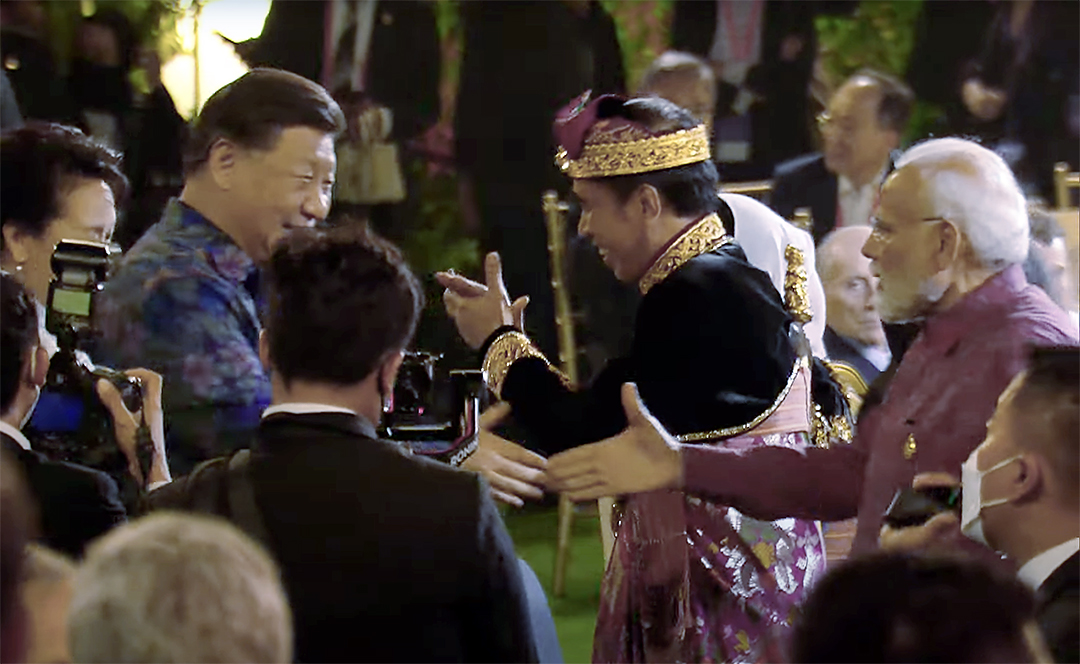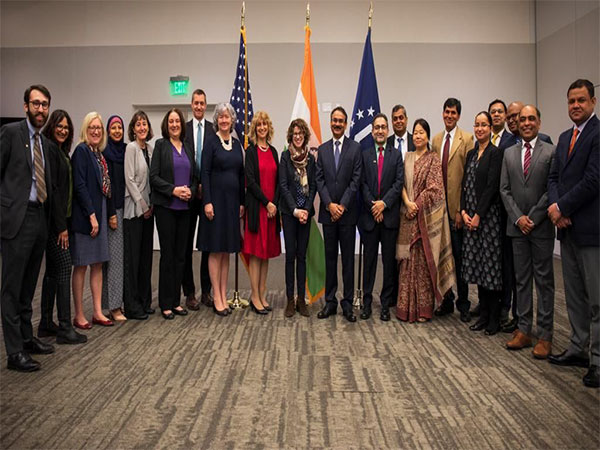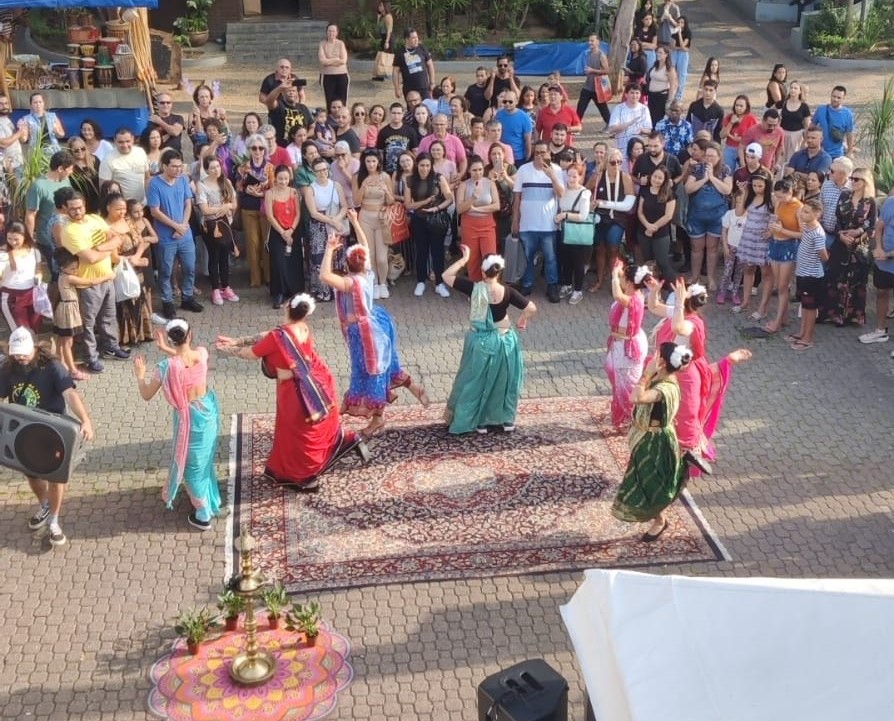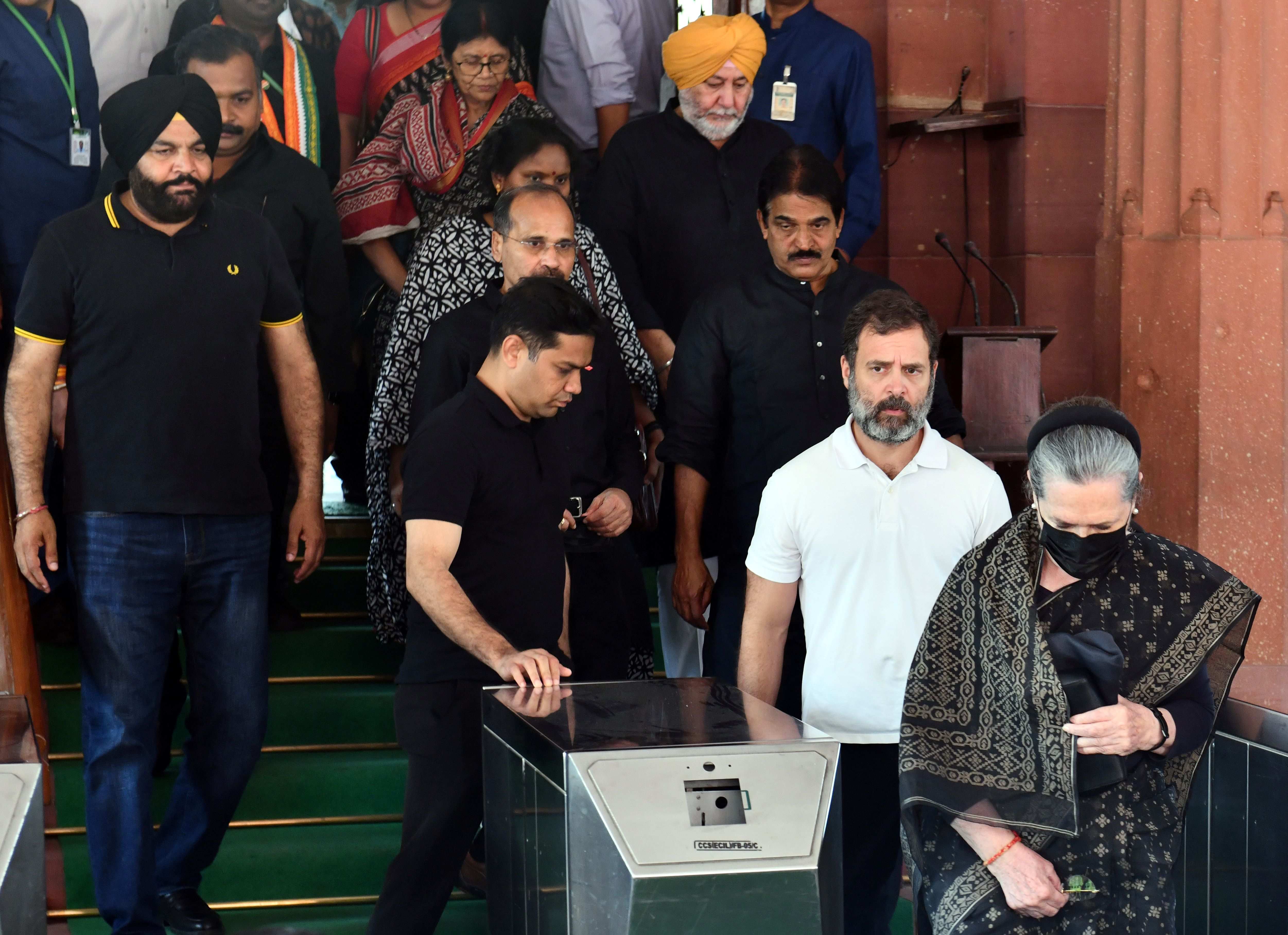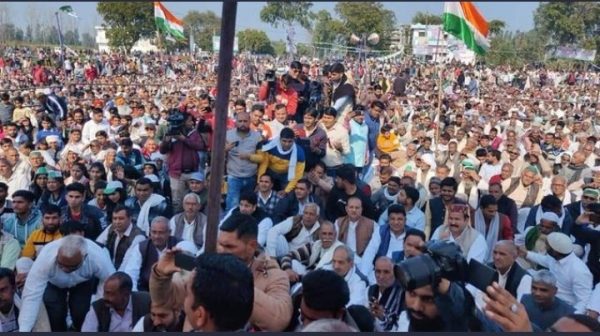Ahead of the BRICS and G-20 summits, New Delhi and Beijing show interest in stabilizing the border situation. But there are serious hurdles in achieving peace as Indian and Chinese troops remain in eyeball-to-eyeball situation at the border
Our Bureau
New Delhi/Beijing/Johannesburg
As India prepares to host the G-20 summit in September, there seems to be some effort by India and China to bring some stability in their bilateral relations.
India on Thursday said Prime Minister Narendra Modi and Chinese President Xi Jinping at the conclusion of the dinner hosted by the Indonesian President during the Bali G20 Summit last year, exchanged courtesies and spoke of the need to stabilize bilateral relations.
“During the Bali G20 Summit last year, Prime Minister and President Xi Jinping, at the conclusion of the dinner hosted by the Indonesian President, exchanged courtesies and spoke of the need to stabilize our bilateral relations,” Ministry of External Affairs (MEA) Official Spokesperson Arindam Bagchi said during a weekly media briefing on Thursday.
The MEA Official Spokesperson said India has steadfastly maintained that the key to the resolution of India-China issues is to resolve the situation along the LAC on the western sector of the India-China boundary and to restore peace and tranquility in the border areas.
This clarification came after NSA Ajit Doval said on the sidelines of the 13th BRICS National Security Advisor’s meeting in Johannesburg on Tuesday that the situation along the Line of Actual Control (LAC) has eroded the strategic trust between the two nations.
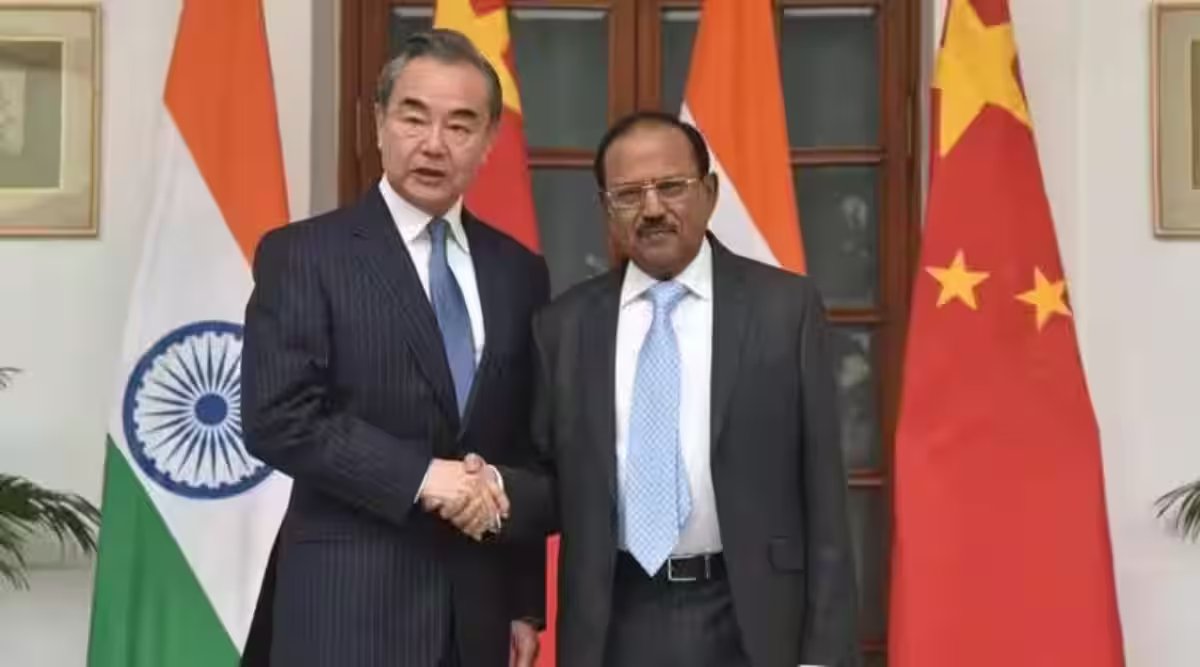
In a meeting with China’s top diplomat Wang Yi, Doval stressed the significance of continuing efforts to thoroughly address the issue and re-establish peace in the border regions. “During the meeting, NSA conveyed that the situation along the LAC in the Western Sector of the India-China boundary since 2020 had eroded strategic trust and the public and political basis of the relationship,” the Ministry of External Affairs stated in an official release.
“NSA emphasized the importance of continuing efforts to fully resolve the situation and restore peace and tranquility in the border areas, so as to remove impediments to normalcy in bilateral relations. The two sides agreed that the India-China bilateral relationship is significant not only for the two countries but also for the region and world,” the release added.
National Security Advisor Ajit Doval met the Member of the Communist Party of China (CPC) Political Bureau and Director of the Office of the CPC Foreign Affairs Commission, Wang Yi, on the sidelines of the BRICS NSAs’ Meeting in Johannesburg on Tuesday.
India and China have time and again faced border disputes dating back to 1962. The most recent clash was in June 2020, when Indian and Chinese troops engaged in a scuffle in the Galwan valley.
On July 24, Doval participated in the ‘Friends of BRICS’ meeting in Johannesburg. Doval also held a working meeting with the Secretary of the Security Council of the Russian Federation Nikolai Patrushev and discussed the cooperation between the two countries in the field of security and economy, the Russian embassy in India said in a statement.
This meeting between Doval and Wang happened as China’s foreign minister Qin Gang, who had been missing from public eye for over a month, was on Tuesday replaced by Wang Yi by the country’s Parliament. Wang Yi had previously served as the country’s foreign minister for nearly 10 months. The voting for the same was held adopted at the fourth session of the Standing Committee of the 14th National People’s Congress (NPC) today as per Xinhua, the official state news agency of the People’s Republic of China.
President Xi Jinping signed a presidential order to effectuate the decision, the state media reported. China’s top legislature also appointed Pan Gongsheng as the country’s central bank governor.
Qin was last seen in public on June 25, when he met his counterparts from Russia, Vietnam and Sri Lanka. His planned meetings since then have either been cancelled, or top diplomat Wang has gone in Qin’s place, The Washington Post reported.
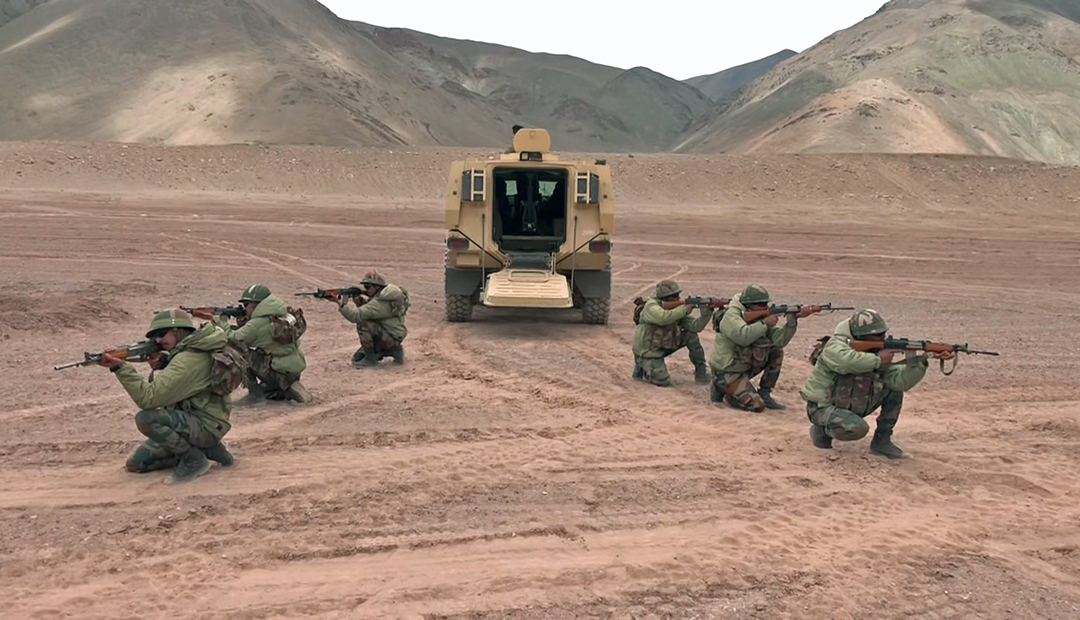
Wang had represented China at diplomatic summits in Jakarta and Johannesburg in place of Qin. The US publication stated that Qin’s removal preceded weeks of silence during which Qin’s own ministry refused to provide any information regarding his whereabouts, there has been wild speculation about everything from significant political or personal missteps to a serious sickness.
A week before Qin vanished, Secretary of State Antony Blinken met him in Beijing, and they made an agreement that the Chinese foreign minister would reciprocate by travelling to Washington, according to the Washington Post.
Considered as Chinese President Xi Jinping’s close aide, Qin had swiftly gained to prominence as the spokesperson for the foreign ministry and chief protocol officer, planning many of Xi’s abroad trips, according to The Washington Post.
But now, even as India and China talk about stabilizing the border, there are some issues which bother New Delhi.
The Tibetan troops recruited by the Chinese Army for helping them in high-altitude areas are now visible as part of the People’s Liberation Army border defense patrols along the Line of Actual Control in Eastern Ladakh and Arunachal Pradesh, according to the sources.
Soon after the aggression along the LAC in 2020, China started recruiting these soldiers to help them sustain in high-altitude areas as part of their long-term deployment plans there. “The Tibetan soldiers are now visible as part of the patrols of their border defense troops but the majority continue to be the mainland Chinese soldiers,” sources in security forces said.
The Chinese have faced issues with their regular mainland troops to sustain themselves in high altitude areas and also have seen how the Indian Special Frontier Force troops including many Tibetan troops performed during the capture of high peaks in the Kailash ranges by the Indian Army, sources said.
As per reports, China had issued instructions to their senior commanders to induct at least one soldier from each Tibetan family and turn them loyal towards the country as well as keeping a check on their families.
However, sources said the move by China has seen a lot of resentment from the affected families. India and China have been in a military standoff since April-May 2020 and deployed heavily in the border areas. India has also deployed an almost equal number of troops along the Eastern Ladakh sector to counter any possible misadventure by the Chinese in the future.
The Army has also reoriented its focus towards the northern borders and deployed new formations along with dual tasking some of them for facing the two-front threat scenario.
Also, facing difficulties in maintaining its large number of military bases built along the Line of Actual Control with India, the Chinese military has constructed many solar and hydel power plants to sustain the increased energy requirements of their troops.
The military stand-off between India and China has been going on for more than three years now after the Chinese try to unilaterally change the status quo at the LAC in Eastern Ladakh through large-scale aggression. “After the large-scale deployments in 2020-21, the Chinese have had issues in maintaining troops there. For meeting their energy requirements, solar energy plants along with the Chinese had faced issues in meeting their energy requirements, especially during winters,” sources in security forces told ANI.

The Chinese Army has deployed almost 50,000 troops along the LAC after the 2020 aggression by it and its energy requirements have gone up considerably in the forward areas which experience very low temperatures even in the summers, they said.
The Chinese have also upgraded their military infrastructure in a big way as new habitats and villages have been built to support large-scale deployments.
Sources said that the Chinese have continued to maintain large-scale deployments and are taking steps to support their long-term deployment.
With such large number of troops deployed on both sides, there are few chances of a fight breaking out between the two Asian giants. But the stability the two countries are seeking may also remain elusive.
















